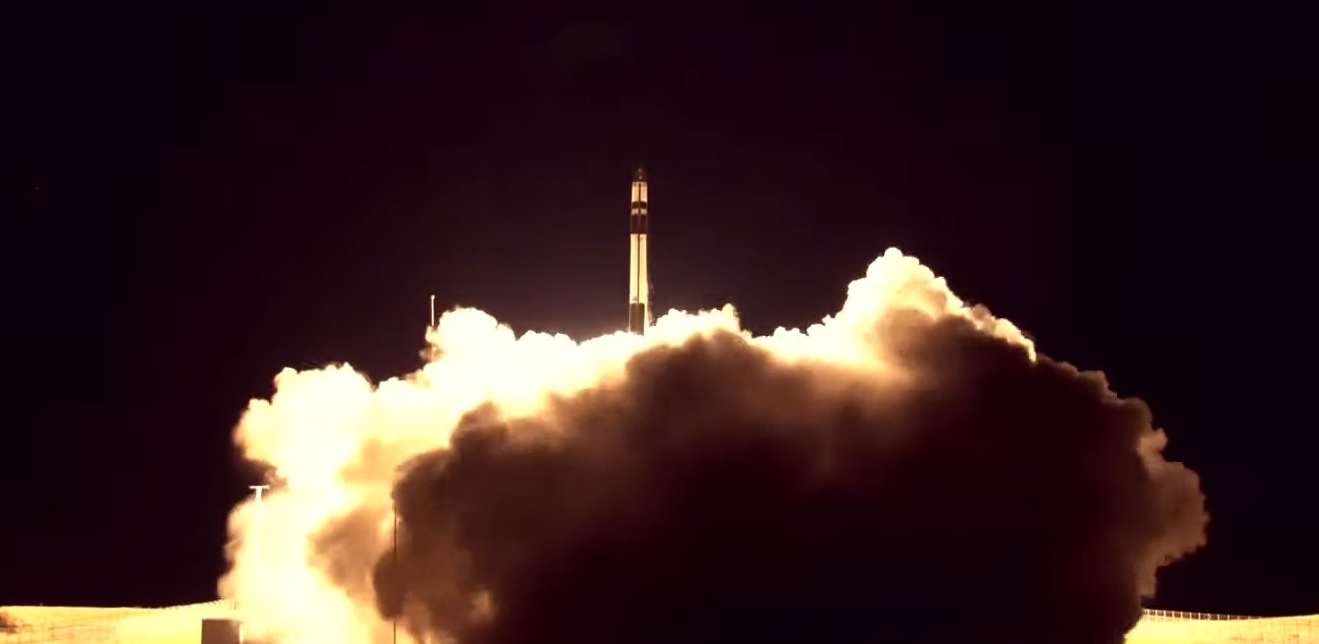Rocket Lab just launched another small satellite to orbit.
A two-stage Electron booster lifted off from Rocket Lab's New Zealand launch site at 5:09 a.m. EST (1009 GMT) today (Dec. 15), carrying the first member of the "Strix" family of synthetic aperture radar (SAR) satellites developed by the Japanese Earth-imaging company Synspective.
SAR-equipped spacecraft can view Earth's surface at any time of day or night and in all weather conditions; clouds and darkness do not deter radio waves. Synspective plans to build a constellation of 30 Strix spacecraft, which will "collate data of metropolitan centers across Asia on a daily basis that can be used for urban development planning, construction and infrastructure monitoring and disaster response," Rocket Lab representatives wrote in a mission description.
In photos: Rocket Lab and its Electron booster

Strix is also a diverse and widespread genus of owls, which includes species such as the barred owl and the spotted owl. So, Rocket Lab, which traditionally gives its missions playful names, dubbed today's launch "The Owl's Night Begins."
California-based Rocket Lab eventually plans to reuse first stages of the 58-foot-tall (18 meters) Electron, in order to boost launch frequency and reduce costs. On the previous Electron mission, which lifted off last month, Rocket Lab successfully guided a first stage down for a controlled, parachute-aided splashdown in the Pacific Ocean and recovered the booster for inspection. No recovery was attempted today, company representatives said.
"The Owl's Night Begins" was Rocket Lab's seventh launch of 2020 and the 17th mission for Electron overall. The launch was designed to carry the Strix satellite to a sun-synchronous orbit with an altitude of about 310 miles (500 kilometers), according to the mission press kit, which you can find here. (Satellites in sun-synchronous orbits zoom over Earth's poles and get views of the planet's surface with consistent solar illumination.)
Get the Space.com Newsletter
Breaking space news, the latest updates on rocket launches, skywatching events and more!
The Electron that flew today employed, for the first time, a custom expanded payload fairing, or nose cone, to accommodate Synspective's "wide-body satellite," Rocket Lab representatives wrote in the press kit.

The launch window for "The Owl's Night Begins" opened on Dec. 12. Unfavorable weather forecasts pushed the target date to Monday (Dec. 14), and Synspective then requested another delay to avoid possible complications caused by that day's total solar eclipse.
Mike Wall is the author of "Out There" (Grand Central Publishing, 2018; illustrated by Karl Tate), a book about the search for alien life. Follow him on Twitter @michaeldwall. Follow us on Twitter @Spacedotcom or Facebook.
Join our Space Forums to keep talking space on the latest missions, night sky and more! And if you have a news tip, correction or comment, let us know at: community@space.com.

Michael Wall is a Senior Space Writer with Space.com and joined the team in 2010. He primarily covers exoplanets, spaceflight and military space, but has been known to dabble in the space art beat. His book about the search for alien life, "Out There," was published on Nov. 13, 2018. Before becoming a science writer, Michael worked as a herpetologist and wildlife biologist. He has a Ph.D. in evolutionary biology from the University of Sydney, Australia, a bachelor's degree from the University of Arizona, and a graduate certificate in science writing from the University of California, Santa Cruz. To find out what his latest project is, you can follow Michael on Twitter.









